
NATURE OF COSTA RICA 2017

Boundary of the Corcovado National park on the Osa peninsula.
^ ^^^

^ ^^^
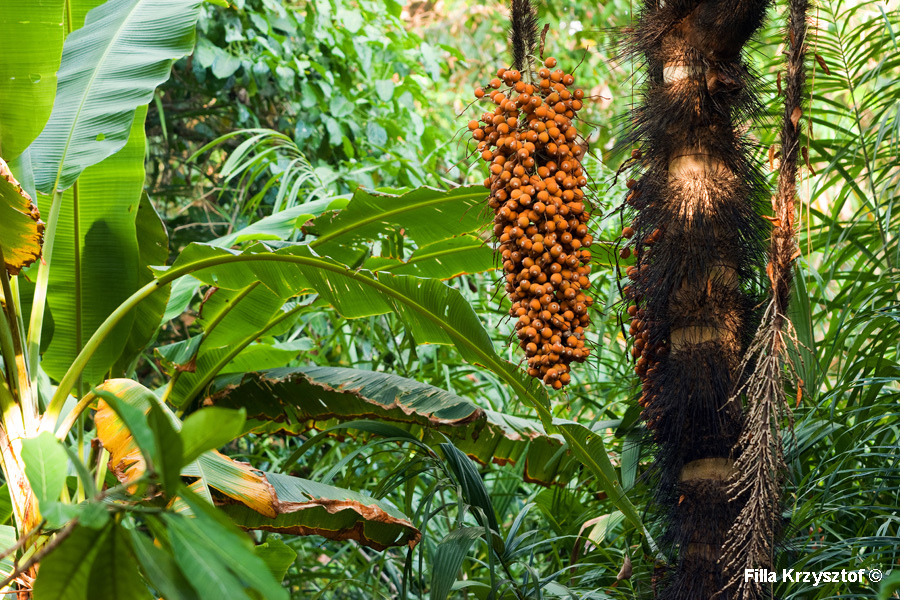
^ ^^^
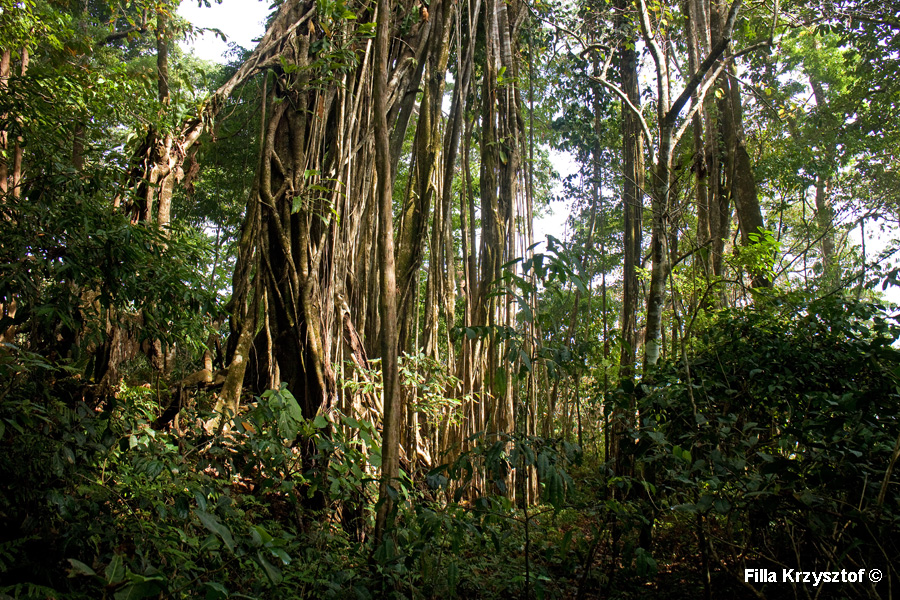
The strangler fig usually clings to a trunk of another tree and tries to wrap around it. But sometimes it can look like a system of lianas creeping from one tree to another and occupy a vast area.
^ ^^^
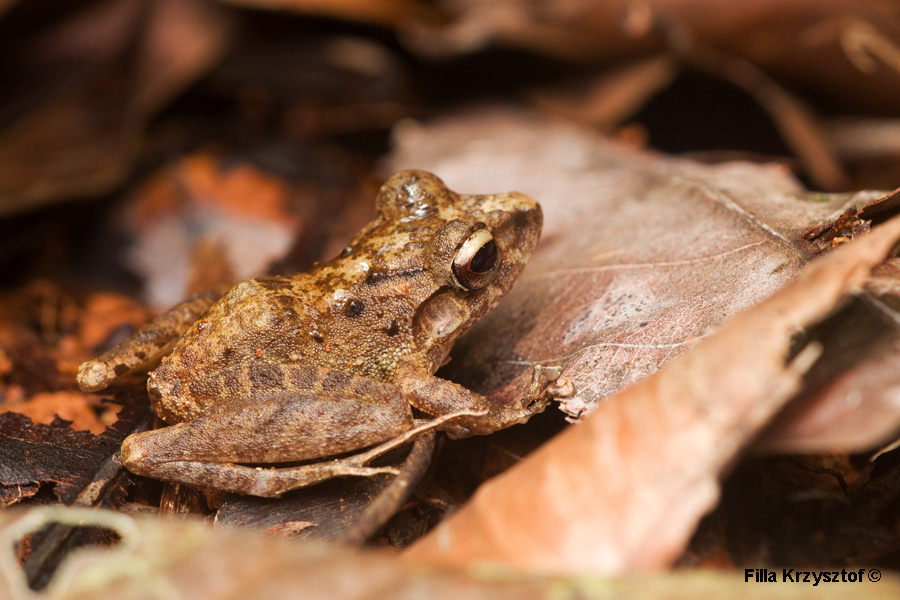
Most frogs in tropics are nocturnal and it is hard to spot them as they have a very good natural camouflage.
^ ^^^
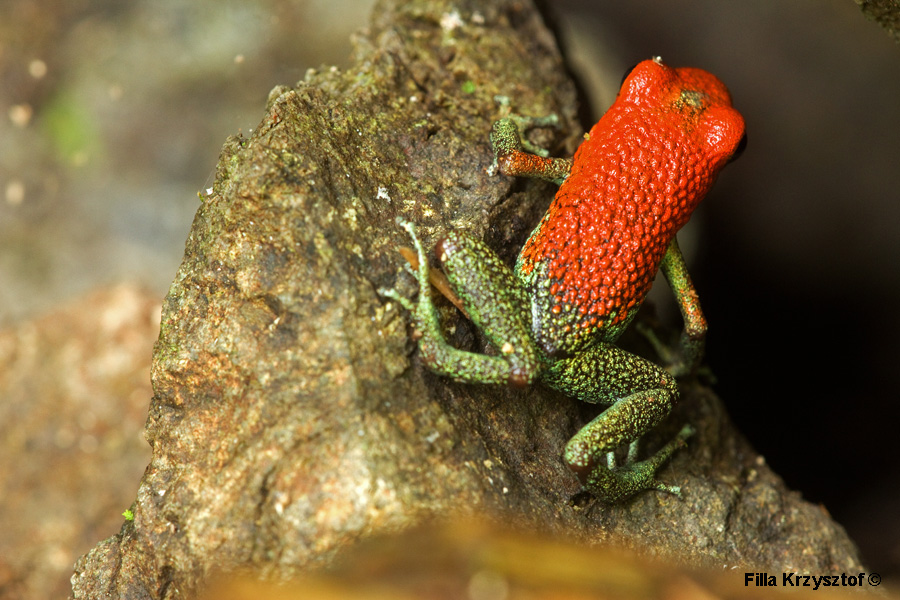
The granular poison dart frog (Oophaga granulifera) is related to the strawberry poison dart frog but is much more limited in range. It exists only in the south-west Costa Rica and in the north-west Panama. Due to the small area and declining population it is on the list of the vulnerable species. Since this frog contains poison in its skin and warning coloration unlike other frogs it is diurnal. Their diet comprises up to 86% of small ants. Ants use venom to immobilise their prey and some toxic components of the venom are found in concentration on the skin of the granular poison dart frog.
^ ^^^
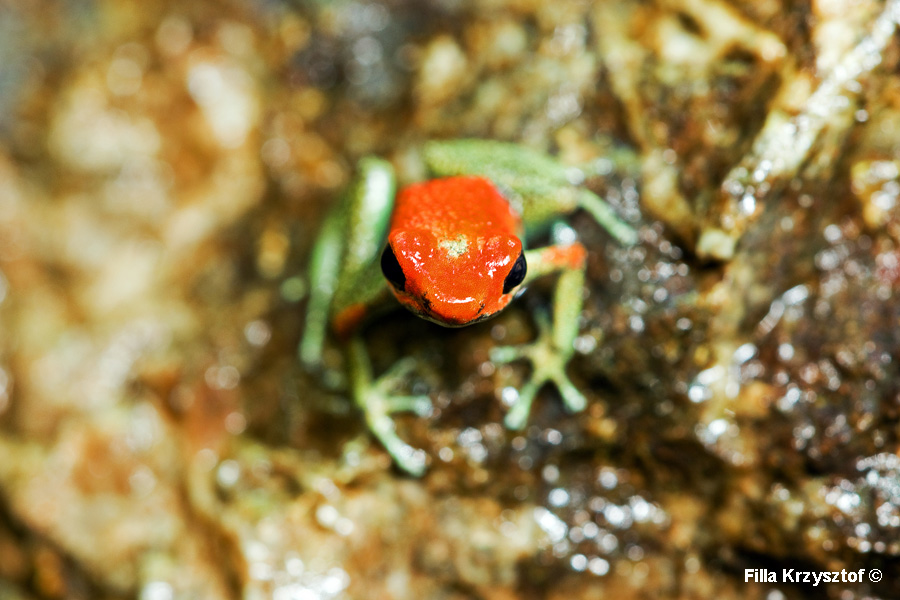
The granular poison dart frog (Oophaga granulifera) is very small, ranging between 19 to 23 mm. It literally could sit in my thumbnail. Their habitat is a humid rainforest in a vicinity of rapid streams. The males are very territorial and for weeks protect their spot calling for females.
^ ^^^
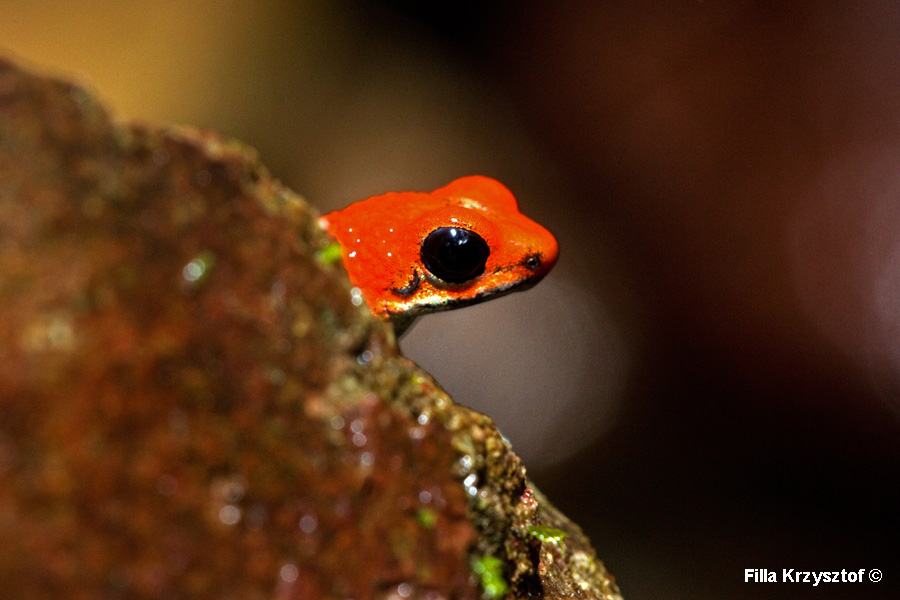
These frogs have very fascinating reproductive behaviour. After the courtship the male fertilises the eggs and then guards the clutch on his own for about a week, urinating on the developing spawn to keep it moist. After about a week the female returns and carries them one by one to a wee hidden reservoir of water often cavities of bromeliads. Then she is watching the tadpoles, feeding them with her unfertilized eggs. the adult frogs hide in dump cavities under stones etc but once it rains they come out and croak calling for mates.
^ ^^^
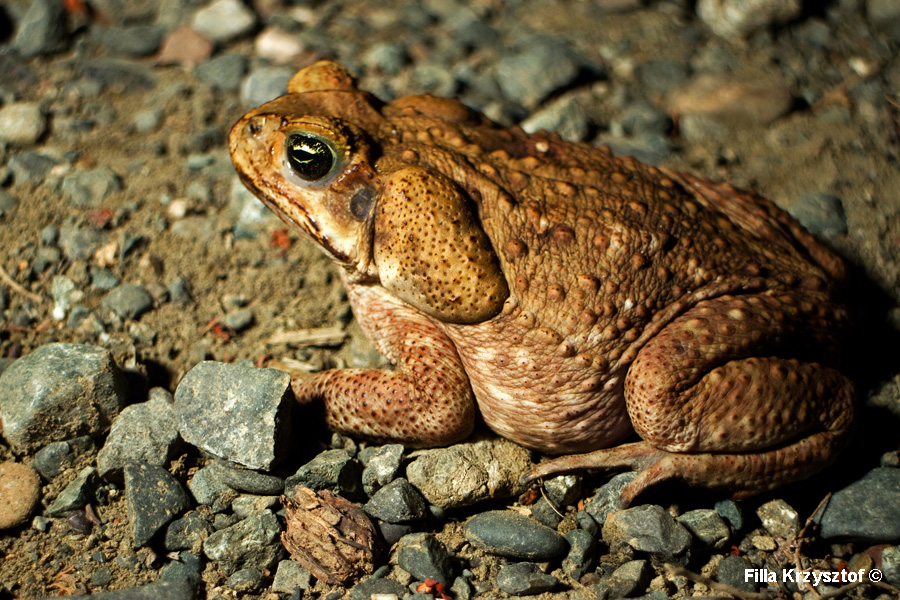
The cane toad (Rhinella marina), also known as the giant toad. This toad is very adaptable to a new environment and it is wide spread across central and south America. It can make living from 0 to 1600 m.above sea level. The females are larger than males and can weight up to 1.5 kg. Their skin is lethal in contact and contains enough toxin to kill an adult person.
^ ^^^
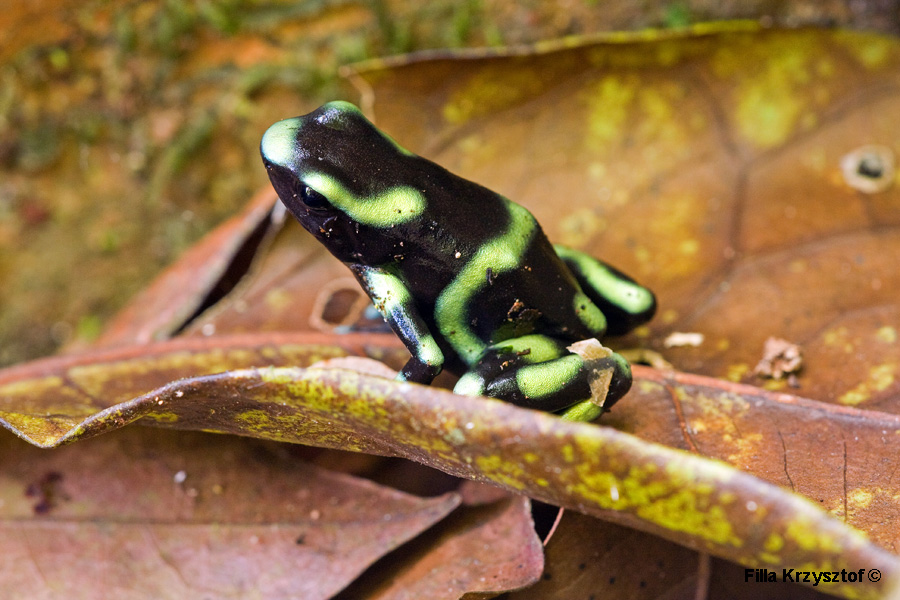
The green-and-black poison dart frog (Dendrobates auratus) is the largest of all poison dart frogs. Its size varies between 30 to 39 mm. They live in the forest floor and do not require a water source in their vicinity but are much more active after some rain. Like most poison dart frogs they are diurnal.
^ ^^^
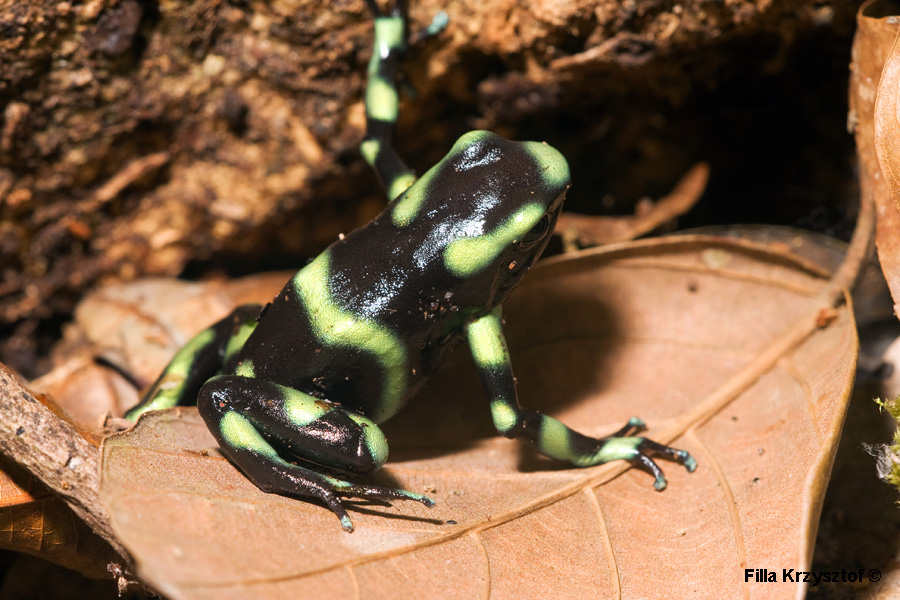
The green-and-black poison dart frog (Dendrobates auratus). Their reproductive habits are similar to the granular poison dart frog. They are good climbers and can take their young tadpoles to the tree tops in search of stagnant water pools.
^ ^^^
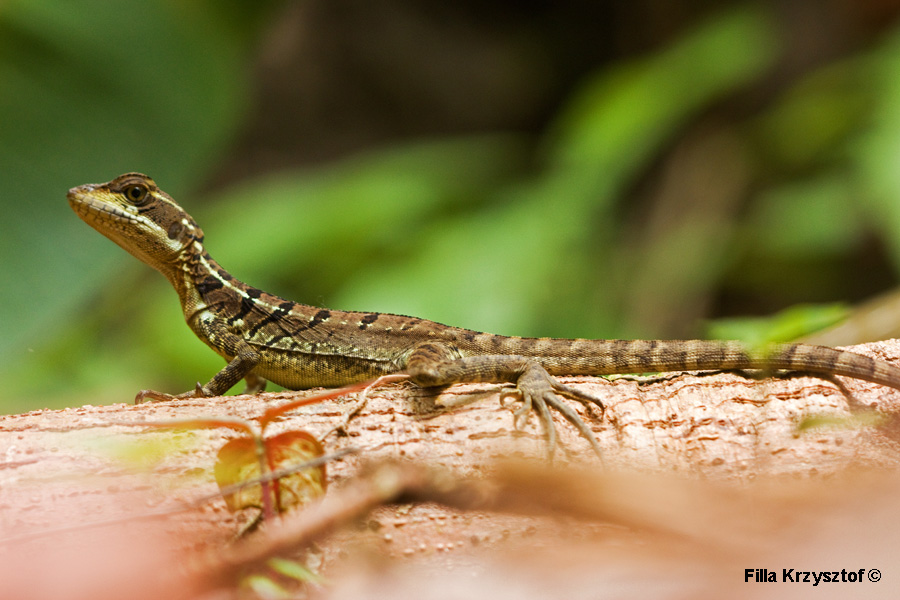
^ ^^^
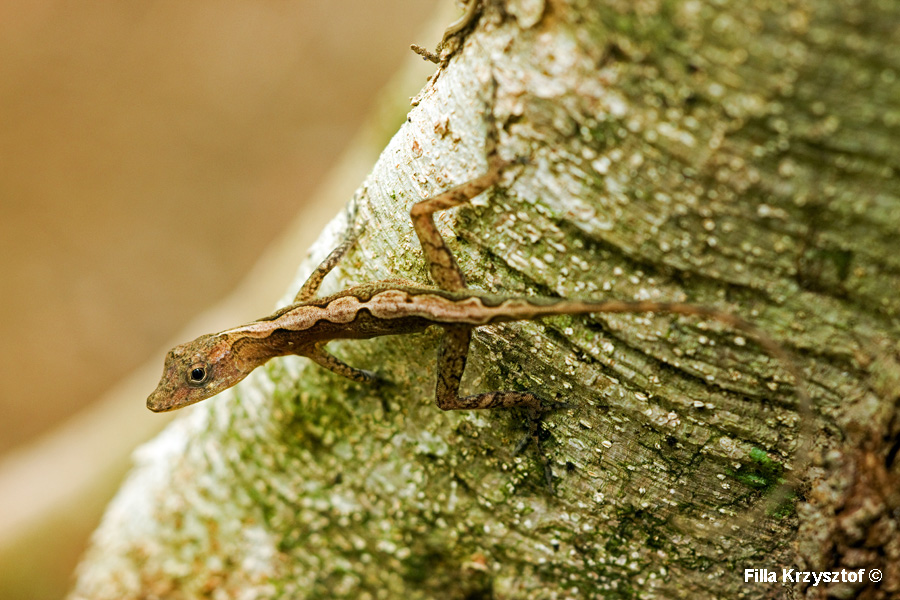
^ ^^^
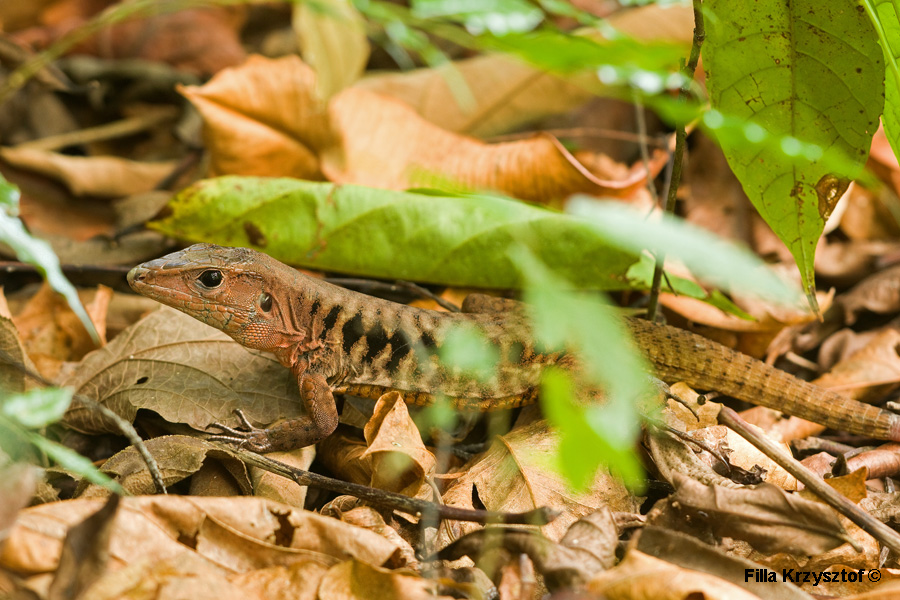
^ ^^^

^ ^^^
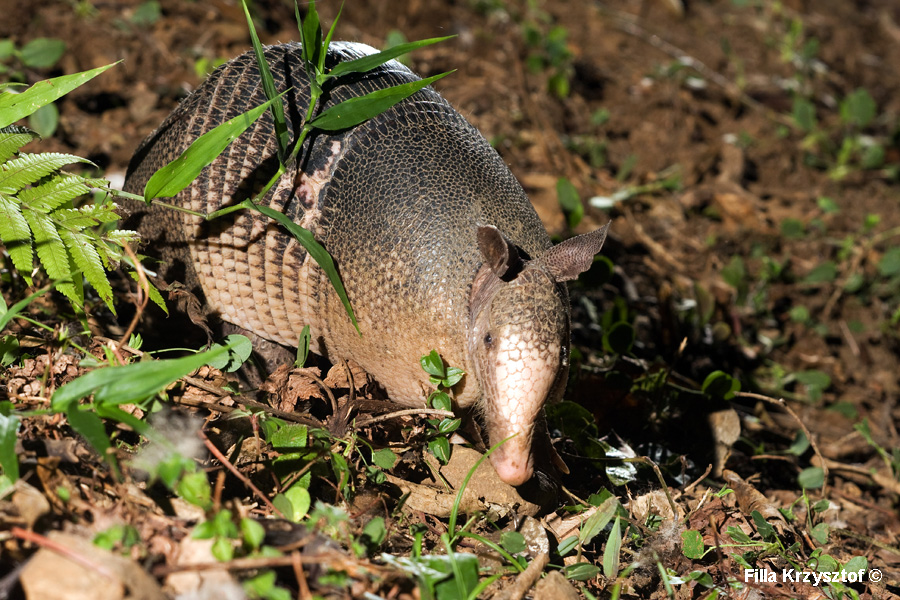
The nine-banded armadillo (Dasypus novemcinctus). There are 20 species of armadillo from the southern USA to the south Patagonia. Many of them occur locally but the nine banded armadillo is the most common and spread across Americas. They are insectivorous and nocturnal animals that digging out they feed on worms and insects during night.
^ ^^^
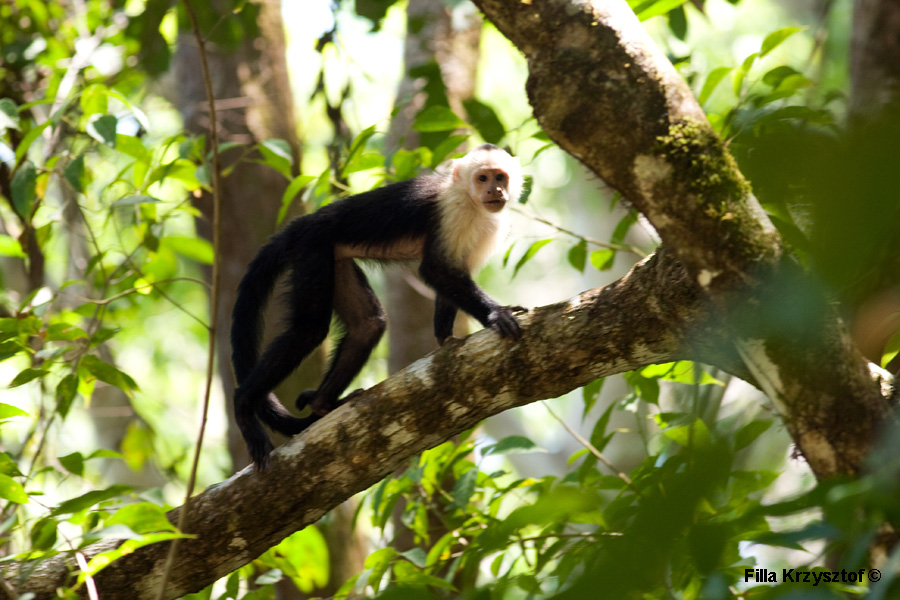
The white-headed capuchin (Cebus capucinus), also known as the white-faced capuchin. The name capuchin comes from their distinctive colouration of their head top that resembles a hat worn by some clergy like the capuchin friars. These monkeys almost match intelligence the great apes.
^ ^^^
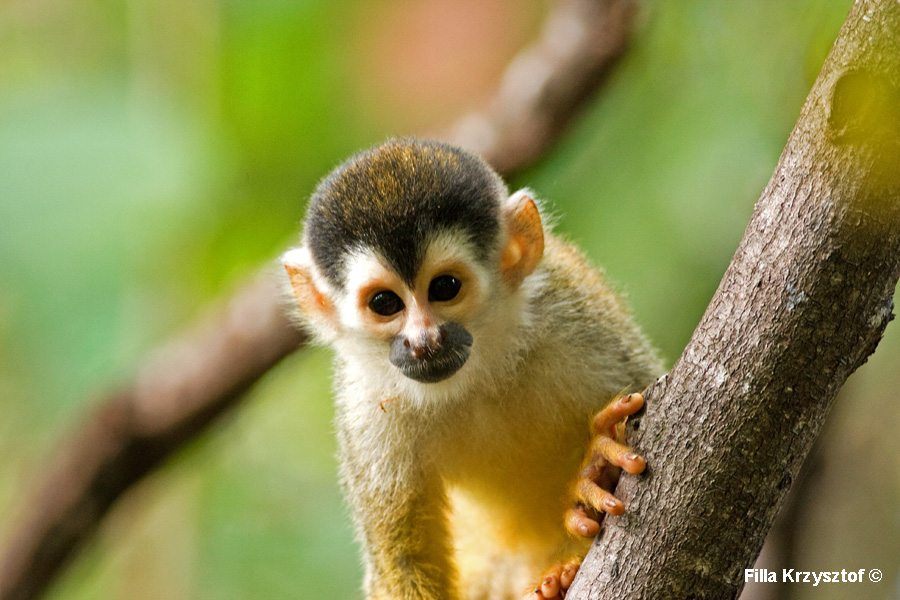
The Central American squirrel monkey (Saimiri oerstedii) subspecies of a squirrel monkeys. This species occurs just in the south-west Costa Rica mainly, in Corcovado N.P. on Osa peninsula and San Miguel N.P. Due to the small range of habitation it is vulnerable to extinction.
^ ^^^
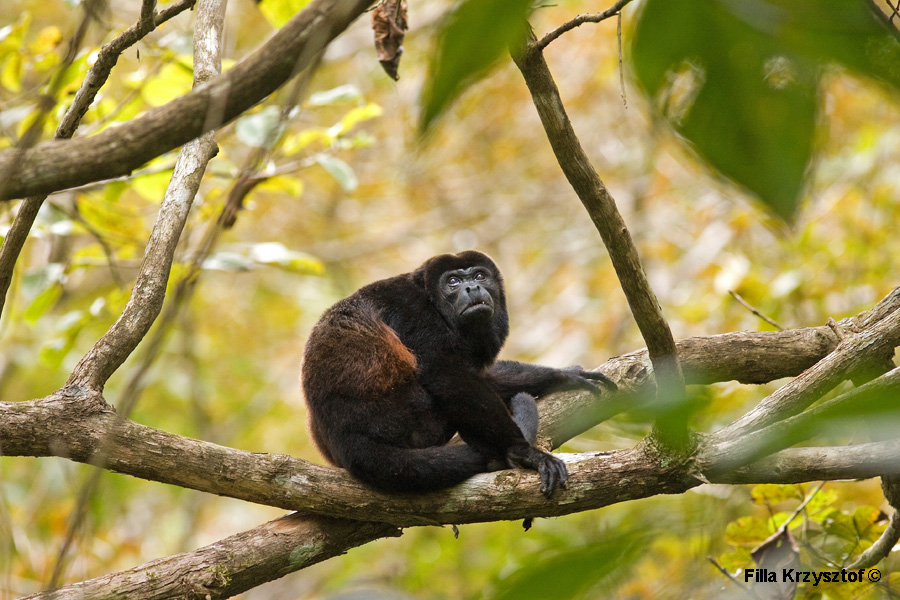
The mantled howler (Alouatta palliata). Howler monkeys are the largest of all primates in America. It feeds only on vegetation. The name derives form the distinctive loud roar of the monkeys that is often heard in the mornings and evenings.
^ ^^^
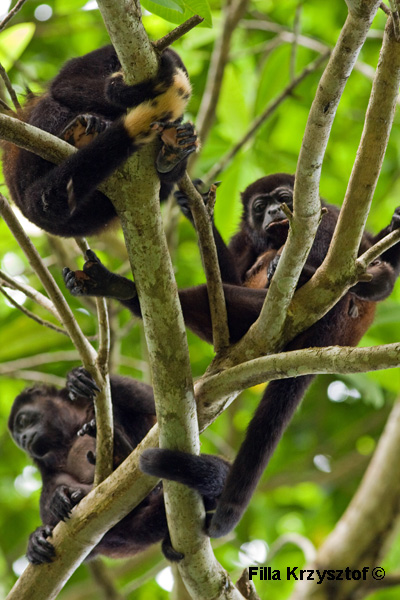
Young mantled howler monkeys. They live in groups of about 40 individuals. When taking this picture, I learned not for the first time that standing directly under monkeys can result in being sprayed by urine and faeces.
^ ^^^
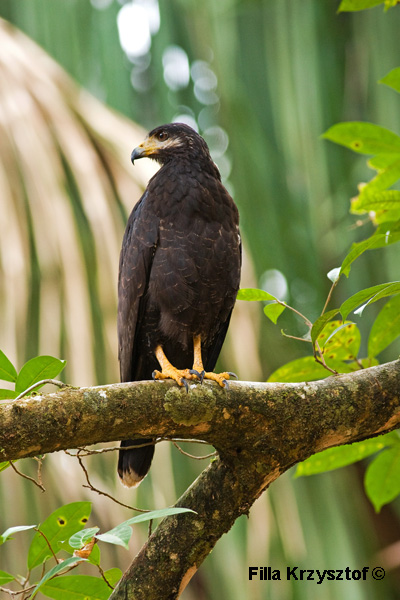
The common black hawk (Buteogallus anthracinus). It is a resident of coastal area as it feeds mostly on crabs and small vertebrates. Its perfect habitat is the mangrove forest.
^ ^^^
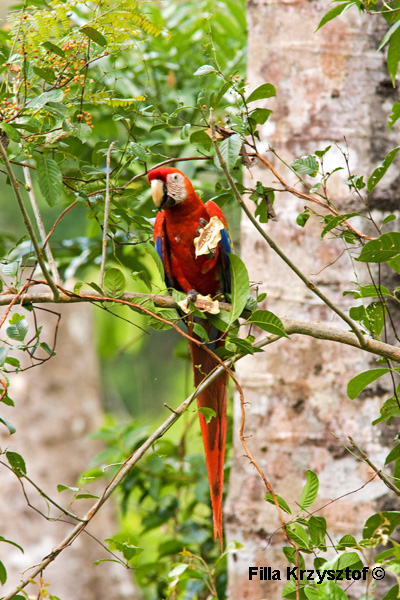
The scarlet macaw (Ara macao) is a bird abundant in the Amazon Basin and with some places in Central America. In Costa Rica they live only in Carara N.P. and on Osa peninsula. They eat mostly fruits, nuts and seeds, including large, hard seeds.
^ ^^^
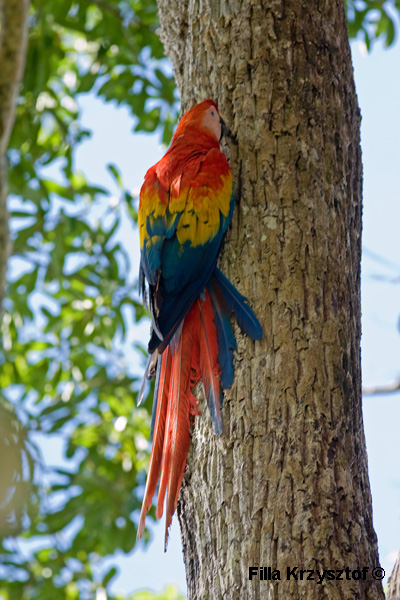
The scarlet macaw (Ara macao) is quite a large bird up to 90 cm. It is very attractive in colouration, therefore in different countries is kept in cages as a pet.
^ ^^^
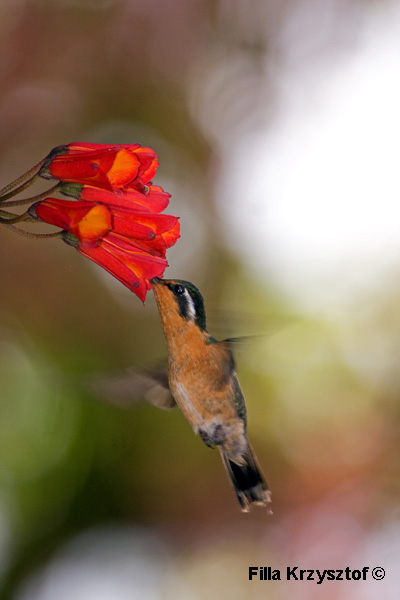
The purple-throated mountaingem (Lampornis calolaemus).
^ ^^^

The purple-throated mountaingem (Lampornis calolaemus).
^ ^^^
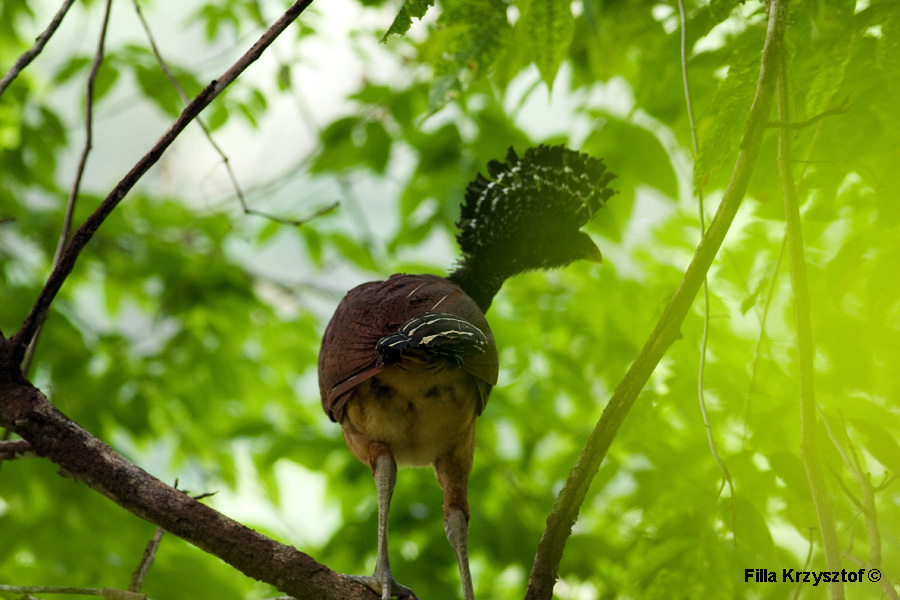
The great curassow (Crax rubra) is a terrestrial bird but can fly to escape danger but most often run away. The males are blacks and females brown. They are monogamous birds that couple for life time building nests on trees.
^ ^^^
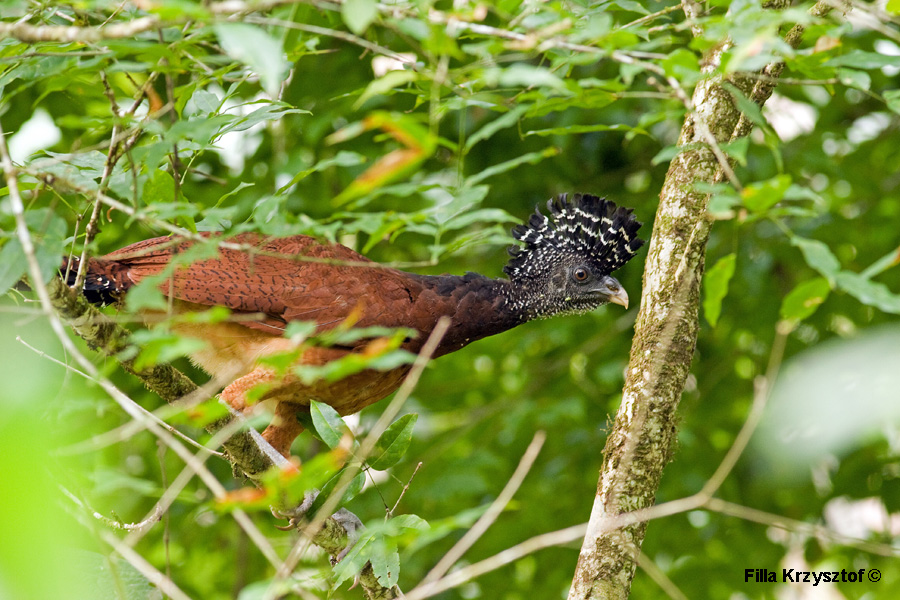
The great curassow (Crax rubra).
^ ^^^
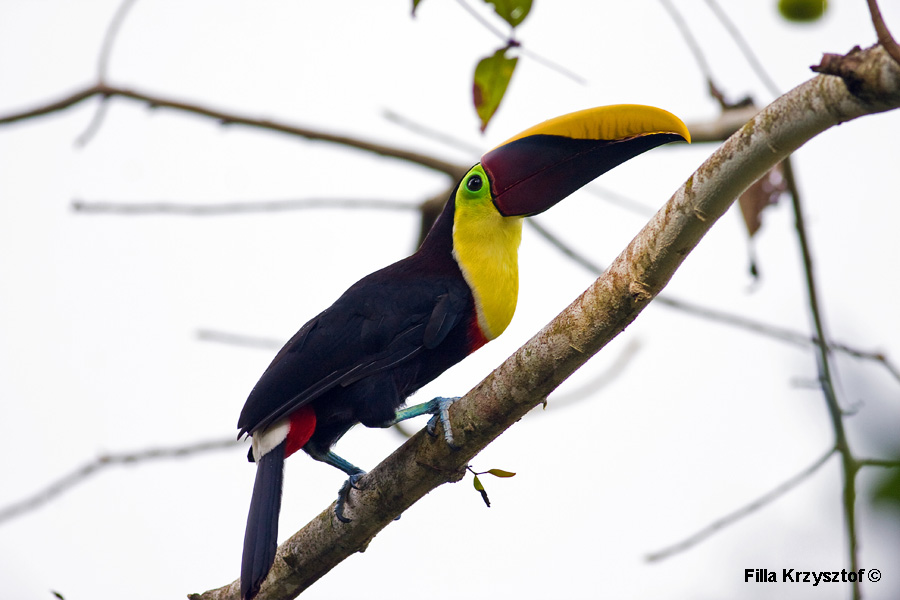
The chestnut-mandibled toucan (Ramphastos ambiguus ). They move around in flocks of 3 to 12 birds. It is a spectacle to watch and listen to them especially in the evening when they call each other.
^ ^^^
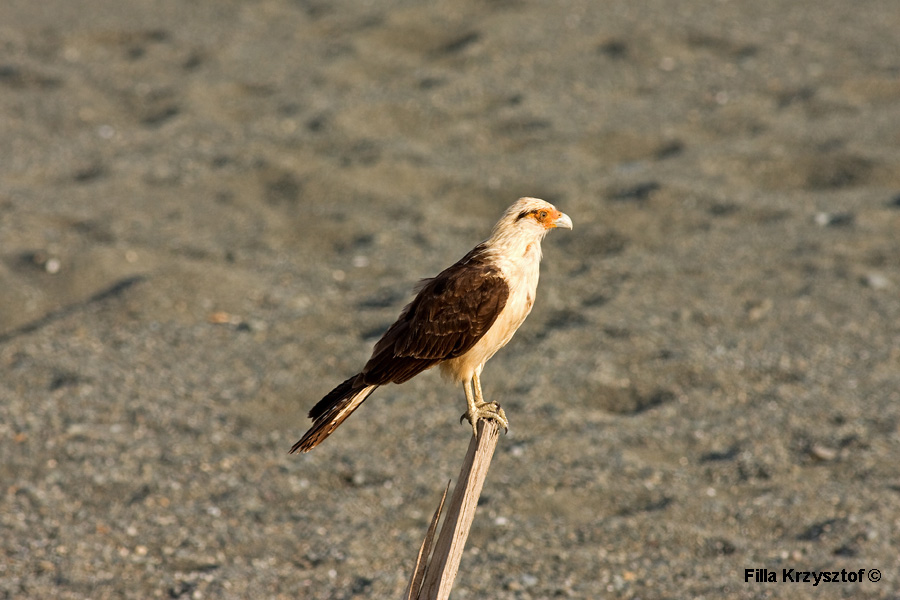
^ ^^^
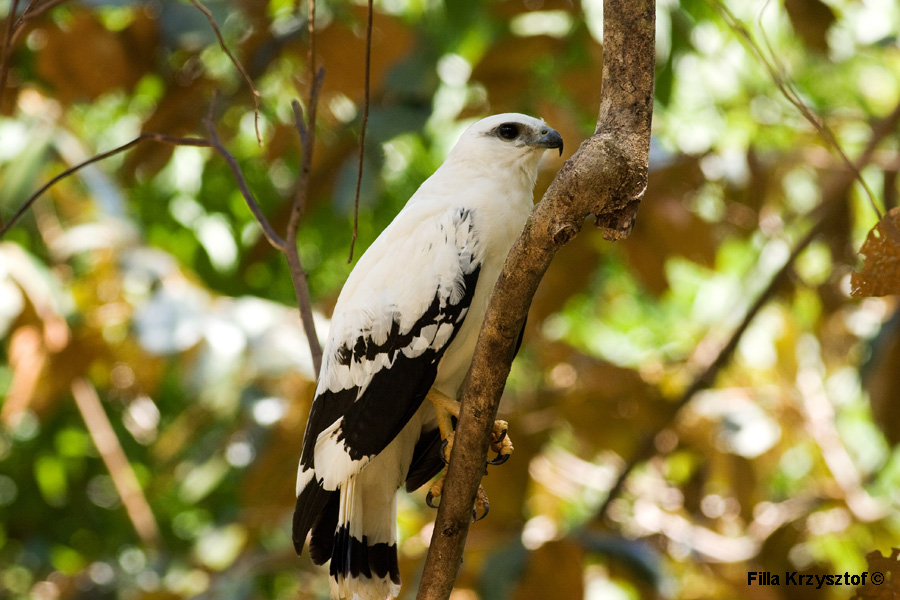
The white hawk (Pseudastur albicollis) is a widespread raptor of Neotropical forests. They often accompany the capuchin monkeys and catch small vertebrates that escape the monkey. When I photographed the bird for a second I thought I will have the monkey and the bird in one frame.
^ ^^^
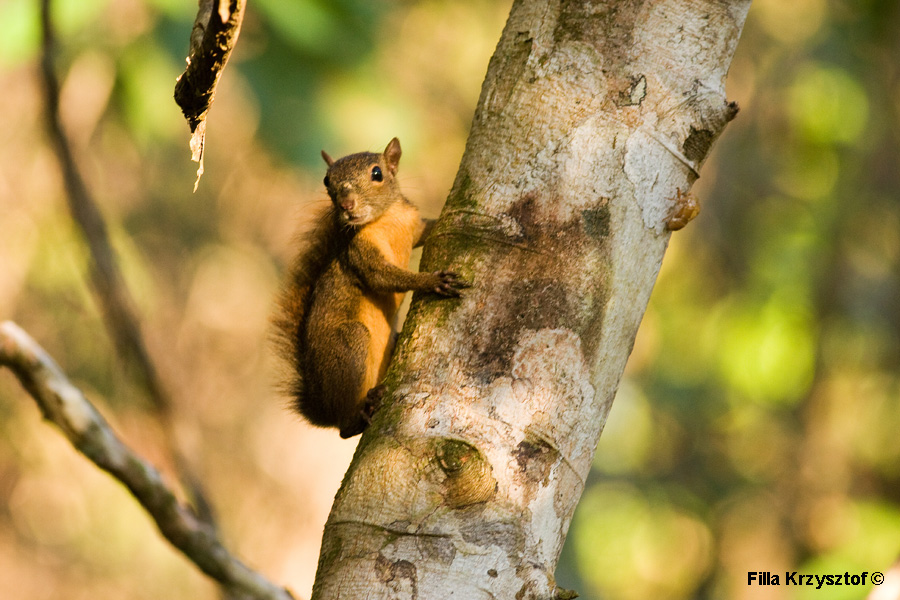
^ ^^^
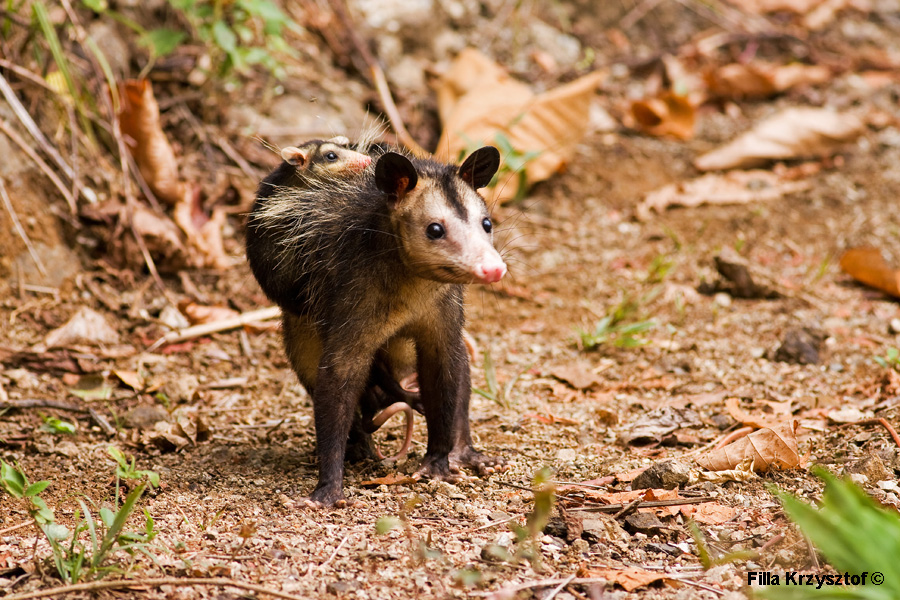
The common opossum (Didelphis marsupialis) is a nocturnal animal and is seldom seen during the day. I suppose the offspring were in jeopardy therefore the mother who raises them decided to move the brood to a saver location. Opossums are marsupials and keep their young in the underneath poach. But after 2 months when they grow up they do not fit there and some of them have to travel on the top of their mother.
^ ^^^

White-nosed coati (Nasua narica). It is an animal related to raccoons. It is wide spread across central America. They live in groups up to 27 individuals. They often appear near human households and trash bins in search of some food.
^ ^^^
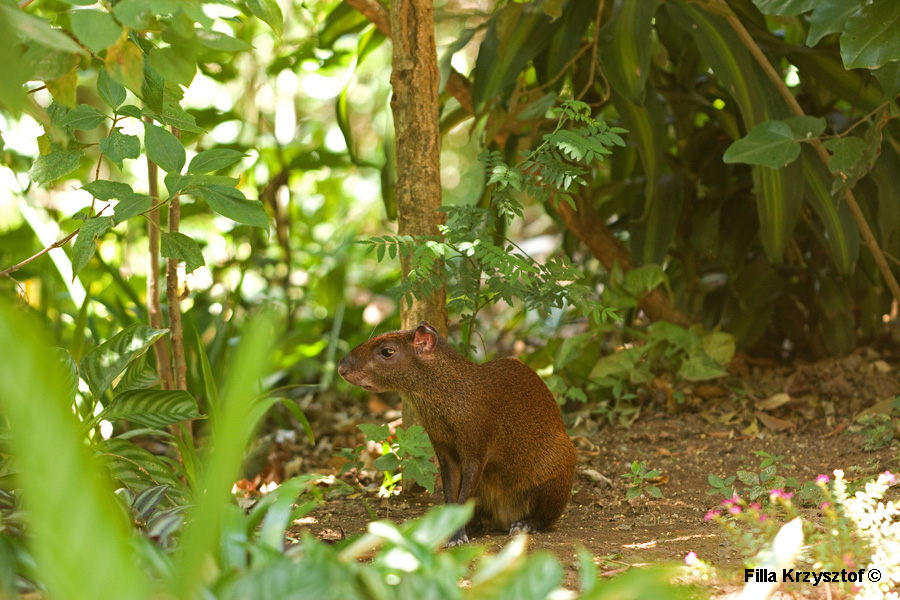
The Central American agouti (Dasyprocta punctata) looks a little bit like a cross breed between a rabbit and a squirrel but in fact it belongs to the same group of rodents. Agoutis are wide spread across south America and play important role in seed distribution. They are able to crack some nuts which other animals cannot. They are monogamous by nature and mate for life.
^ ^^^
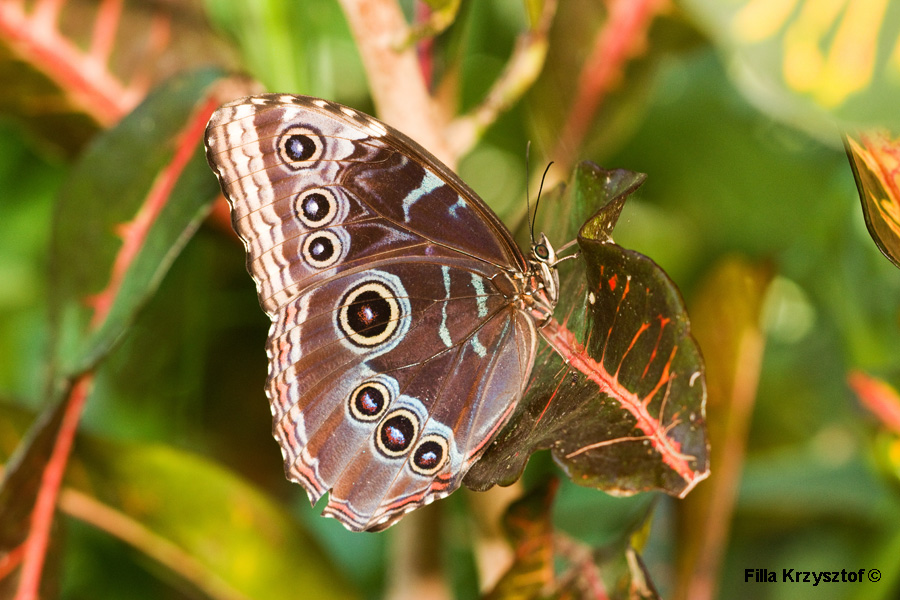
The common blue morpho is very large (15 cm) and attractive butterfly. The top side of the wings have intensive blue colour with dark edges. It is very hard to photograph them because once they sit to rest or feed they close their wings together.
^ ^^^

A praying mantis.
^ ^^^
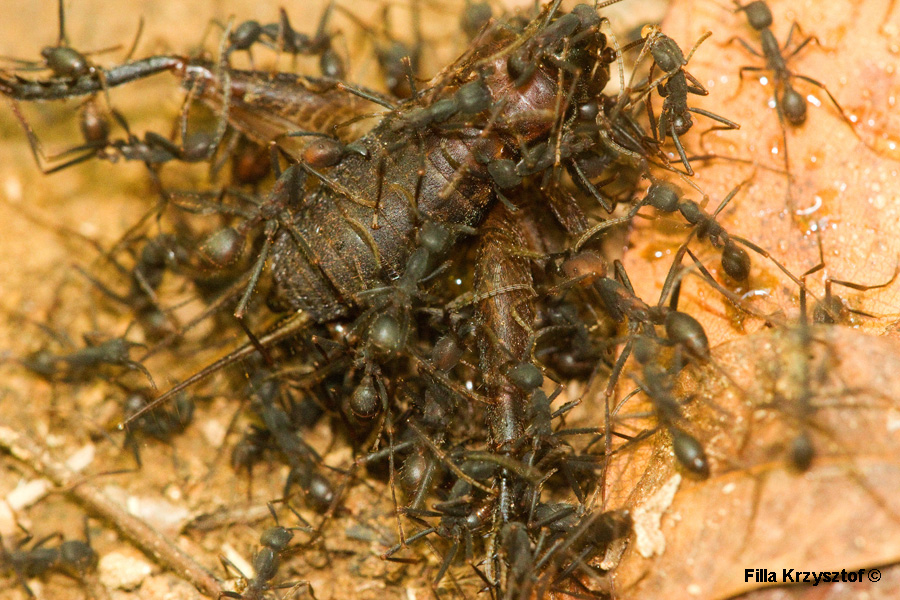
A species of army ants dismembering a grasshopper.
^ ^^^

The blue-crowned motmot (Momotus coeruliceps).
^ ^^^
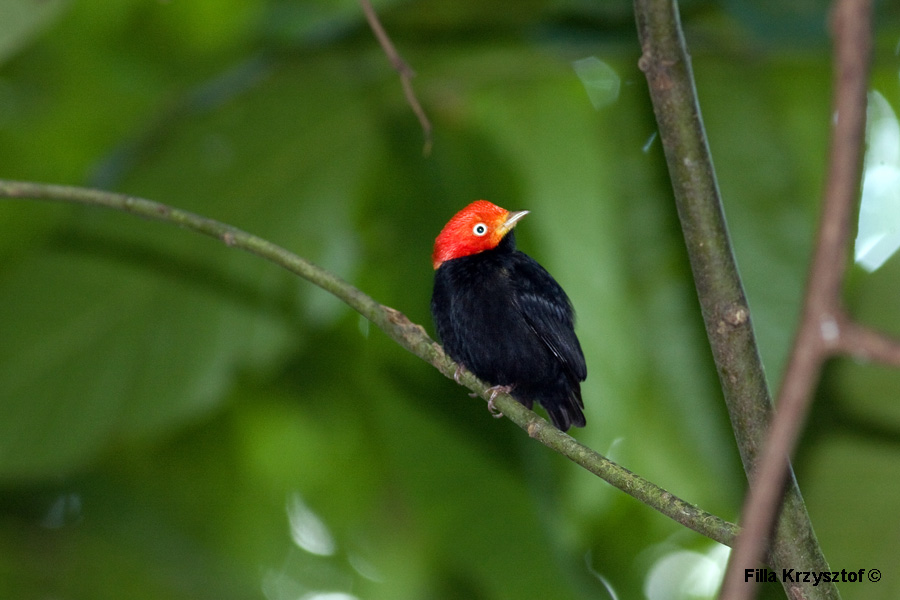
The red-capped manakin (Ceratopipra mentalis). The sexual dimorphism is very conspicuous as the male is red headed and the female is olive green. The manakin likes the humid rainforest at elevation between 400 and 600 m above sea level. It is said that Michael Jackson mimicked this bird's famous moon walk.
^ ^^^
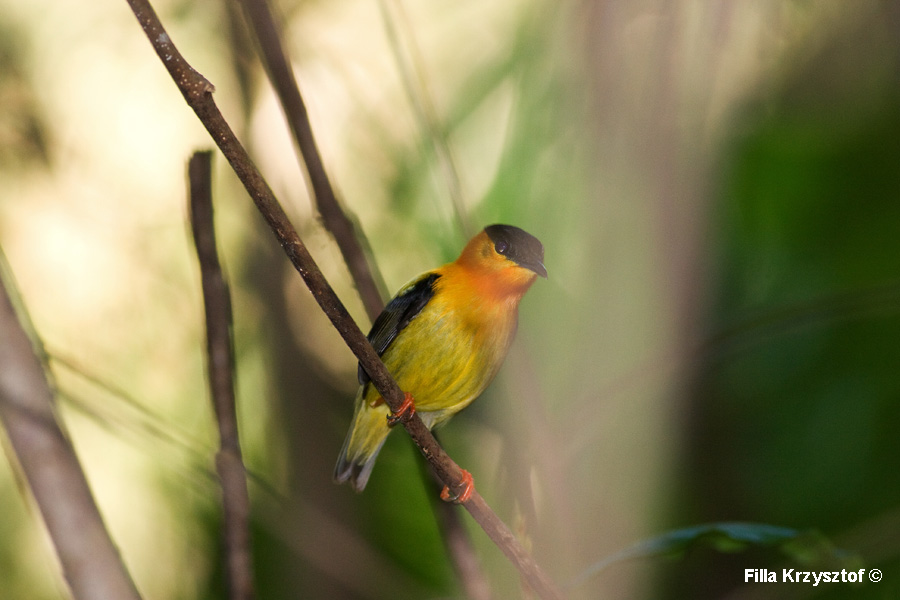
The orange-collared manakin (Manacus aurantiacus). It is endemic bird of west Costa Rica and west Panama. It produces very loud clicking sounds, I regret I did not stay with them longer as they have very interesting courting habits between mates.
^ ^^^

The long-billed hermit (Phaethornis longirostris). It is a large hummingbird feeding on nectar of the maracuya flower. The size of the bird is about 15cm.
^ ^^^

The long-billed hermit though it is one of the biggest birds in the family of hummers it weights only 6g.
^ ^^^
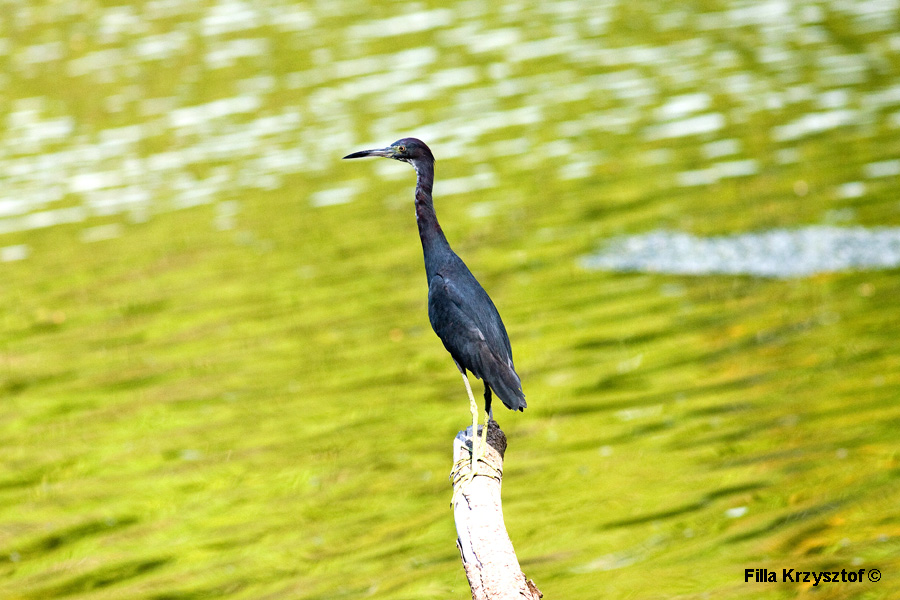
The little blue heron (Egretta caerulea) is a residential bird of central America. In the early age of the bird the juvenile has white plumage. In this stage they easily mingle with the snowy egret that is white as well. But once the little blue heron matures and changes its colour the snowy egrets kick him out of the group.
^ ^^^
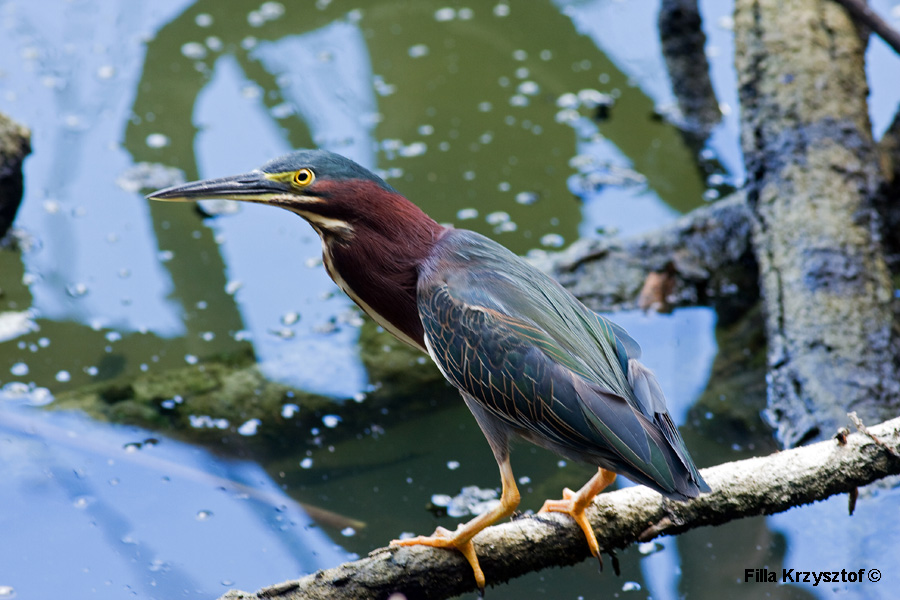
The green heron (Butorides virescens) though not very green makes his home in central and north America. The green herons sometimes use tools as a bait to catch its prey. They use bread crusts, insects, worms to lure a fish.
^ ^^^
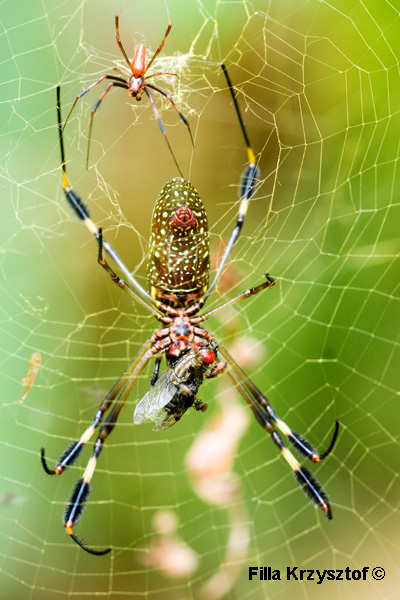
The golden silk orb-weavers (Nephila) male and female.
^ ^^^















































